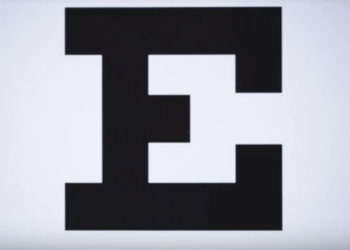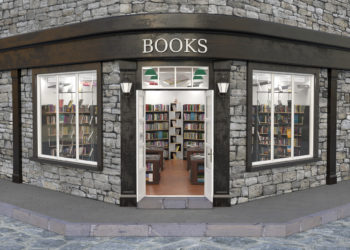As we’ve moved away from hand-lettering movie posters, design considerations have changed, both for better and for worse. The video below explores the visual clichés that let designers clue in an audience to tone through typography. It also looks at how one particular typeface, Trajan, became the default for movie posters, and in doing so, went from signifying an epic story to being more of a blank slate for any type of movie.
Discussion
6 Thoughts on "Design Matters: How One Typeface Came to Dominate Movie Posters"
Fascinating … cheers for sharing
Sort of opposite of the little-known Bod Marley track: I Shot The Serif…
A quick Google search indicated “The Shape of Water – MB Vintage Medium.
Lady Bird – Amador Regular.
Get Out – Helvetica Neue 93 – Black Extended.
Dunkirk – Formula Extra Bold.
Darkest Hour – Rama Gothic M Heavy.
Phantom Thread – Garamond Premier Pro Light Display.
Three Billboards – Biko Bold.
The Post – Helvetica Neue Bold.”
Interesting. I wonder if anyone has studied the design of academic book covers in the same way.
Like Peyton, I wonder about book cover fonts. It also reminds me of this SNL skit: https://www.youtube.com/watch?v=jVhlJNJopOQ



